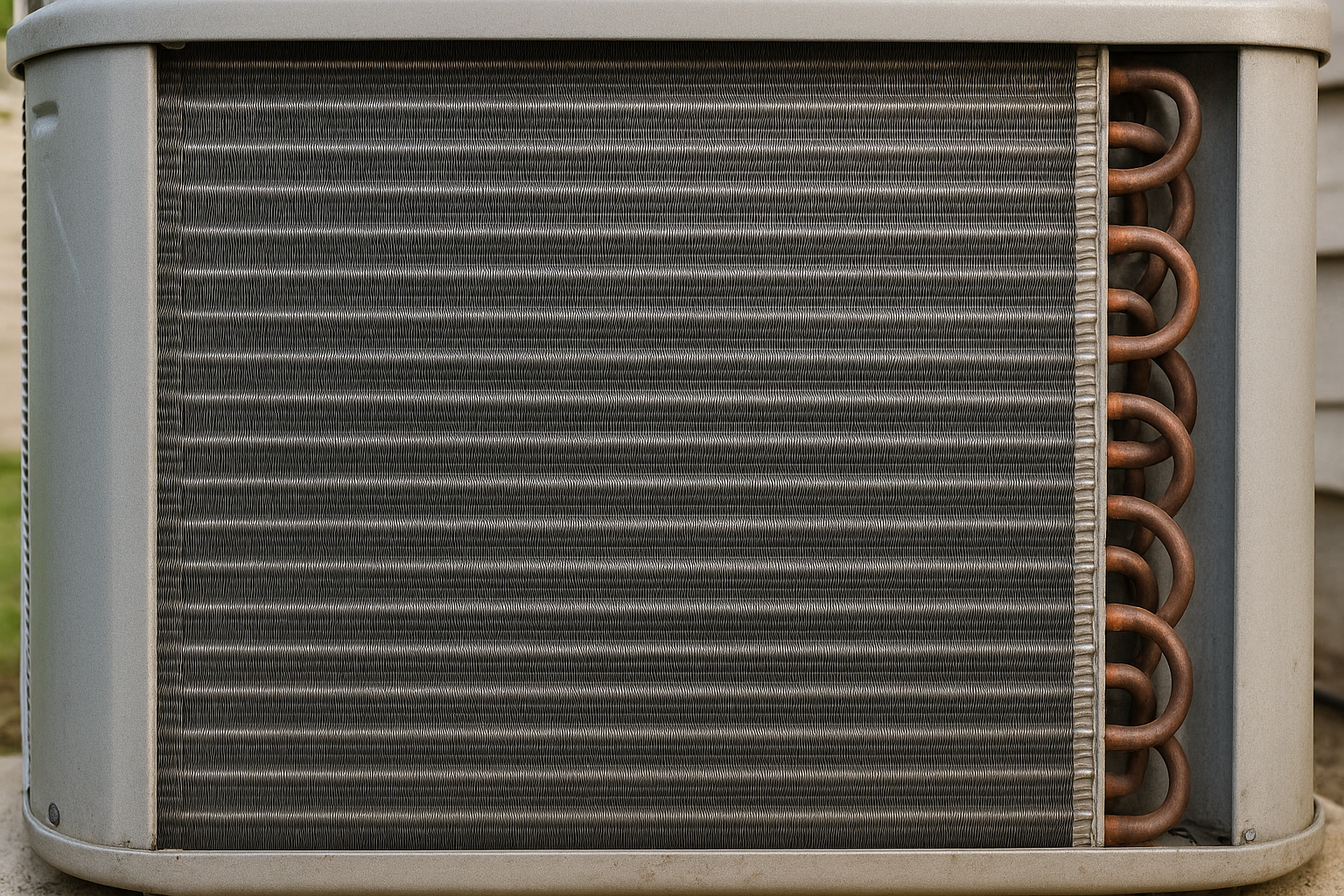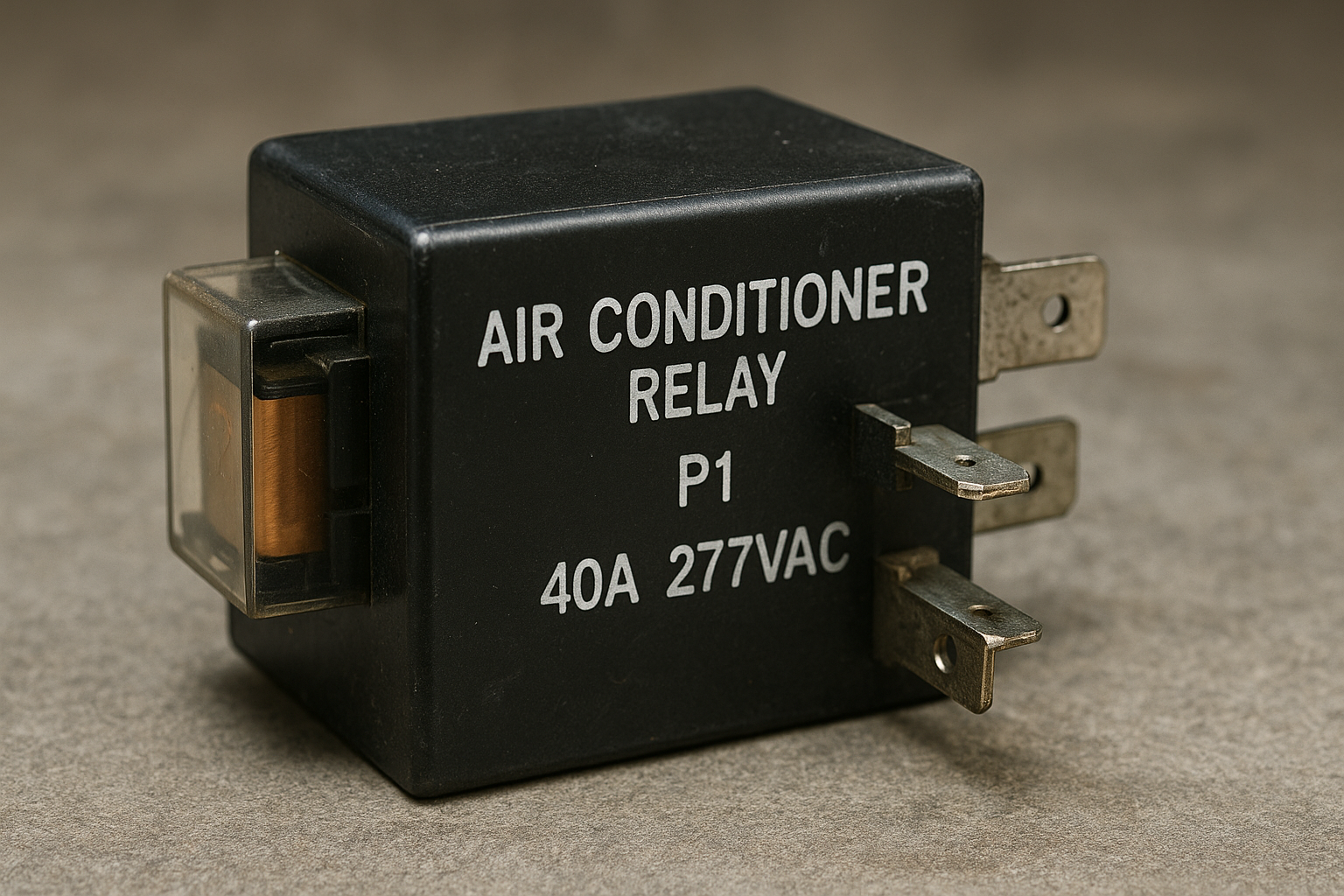Condenser Coil Replacement: When, Why, and What to Expect
When your air conditioner isn’t working like it used to, one of the first parts we check is the condenser coil. It’s easy to overlook this important piece of equipment, but it plays a major role in keeping your HVAC system running smoothly. A damaged or worn condenser coil can lead to higher energy bills, uneven cooling, and even system breakdowns.
At Home Therapist Cooling, Heating, and Plumbing, we believe in helping homeowners understand how their systems work and when it’s time for key repairs or replacements. In this post, we’ll walk you through what condenser coils do, signs they need to be replaced, how replacement works, what it might cost, and why it’s worth doing.
What Does a Condenser Coil Do?
The condenser coil is located in the outdoor unit of your AC system. Its main job is to release the heat your system pulls from inside your home. The refrigerant carries heat to the coil, and then the coil helps release that heat into the outside air.
If the coil is clean and working properly, your system runs efficiently. But if the coil is dirty, bent, corroded, or damaged, it can’t get rid of heat as quickly. This causes the system to work harder—and that means more energy use, more wear and tear, and less cooling inside your home.
Why Replacing a Faulty Condenser Coil Matters
Replacing a failing condenser coil keeps your AC system running at its best. Here’s what a good coil helps with:
Lower energy use by letting your system cool more efficiently
Even temperatures throughout your home
Less stress on the compressor, which is expensive to replace
Longer system lifespan with fewer surprise breakdowns
More comfortable air with reliable performance on hot days
Letting a bad coil go too long can lead to costly problems. That’s why it’s important to know the warning signs.
Signs Your Condenser Coil May Need to Be Replaced
Keep an eye out for these symptoms that could mean your condenser coil is damaged or failing:
Your home isn’t cooling evenly or feels warm, even when the AC is running
Your energy bills are going up with no change in usage
You hear loud or strange noises from the outdoor unit
There’s ice on the outdoor unit or around the refrigerant lines
You see visible damage like rust, bent fins, or holes in the coil
The system is older, and you’re experiencing repeated performance issues
If you’re experiencing any of these, it’s time to call a professional to check your unit.
What Happens During Condenser Coil Replacement?
Condenser coil replacement is not a DIY job. It involves handling refrigerants and precision equipment, so it must be done by a licensed HVAC technician. Here’s what you can expect:
Inspection – The technician will check the coil and the entire system for damage, leaks, and performance issues.
Refrigerant recovery – The refrigerant is safely removed and stored for reuse or disposal.
Accessing the coil – The technician removes the panel on the outdoor unit to reach the old coil.
Removing the old coil – The damaged coil is disconnected and removed without disturbing the surrounding components.
Installing the new coil – A properly sized replacement coil is installed and securely connected.
Sealing and testing – Connections are sealed, the system is vacuumed to remove air and moisture, and leak testing is performed.
Recharging the system – New refrigerant is added, and the levels are balanced based on system specs.
System testing – The technician tests the unit to make sure it’s cooling properly and running efficiently.
Cleanup and final checks – The area is cleaned, the unit is sealed, and the technician reviews the system’s performance with you.
How Much Does It Cost to Replace a Condenser Coil?
Several factors affect the total cost, including:
Type of coil (copper tends to cost more than aluminum)
Size of your HVAC system
Labor costs based on local rates and system complexity
Whether other parts need repair (like a compressor or fan motor)
Refrigerant type (older systems using R-22 may cost more to recharge)
Your system’s warranty coverage, which could reduce your out-of-pocket expense
Most homeowners can expect to pay between $1,000 and $2,500 for a full condenser coil replacement, depending on the details. In some cases—especially if the system is old—it might make more sense to replace the entire unit.
Is It Worth Replacing the Condenser Coil?
In many cases, yes. Here’s why it’s a smart investment:
It improves energy efficiency, helping you save money each month
It restores reliable performance, keeping your home cool during summer
It helps protect the compressor, reducing your risk of a major breakdown
It increases the lifespan of your entire HVAC system
It reduces emergency repair calls, saving you time and stress
It may boost your home’s value if you plan to sell
If the rest of your system is still in good shape, replacing the coil can add years of life to your AC without needing a full system replacement.
How to Prevent Coil Problems in the Future
Once you’ve had your coil replaced, regular maintenance is key. Here are some easy steps to protect your system:
Change your air filter regularly to improve airflow and reduce strain
Keep the outdoor unit clean and clear of debris and plants
Schedule yearly tune-ups with a licensed HVAC technician
Have your refrigerant levels checked during maintenance visits
Avoid running the system with dirty filters or blocked vents
Staying on top of small maintenance tasks helps prevent big problems down the road.
Final Thoughts: A Cool Home Starts With a Healthy Coil
If your AC isn’t cooling like it used to or your bills are creeping up, don’t ignore it. The condenser coil might be the hidden problem behind it all.
At Home Therapist Cooling, Heating, and Plumbing, we take the time to diagnose the issue, explain your options, and help you decide what’s best for your home. Whether it’s replacing a coil or planning a full system upgrade, we’re here to keep your home cool, efficient, and comfortable year-round.

